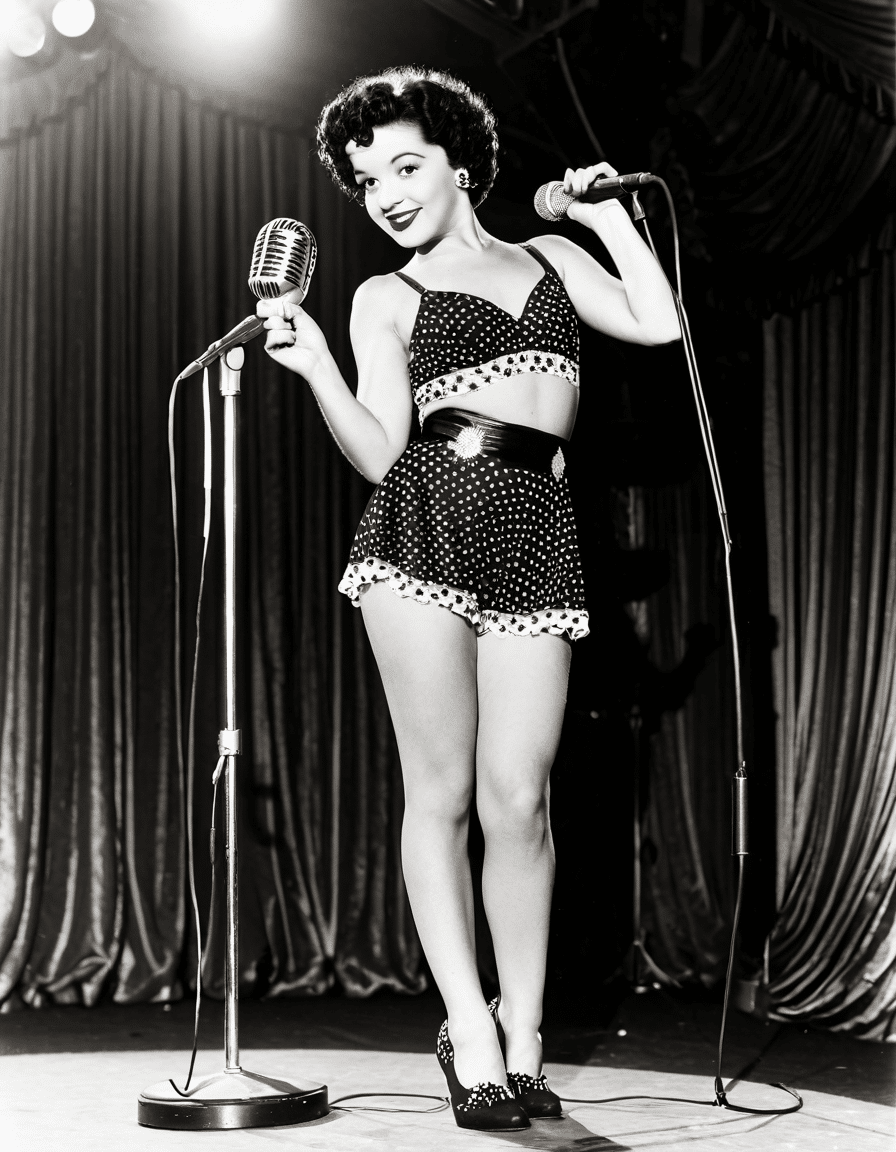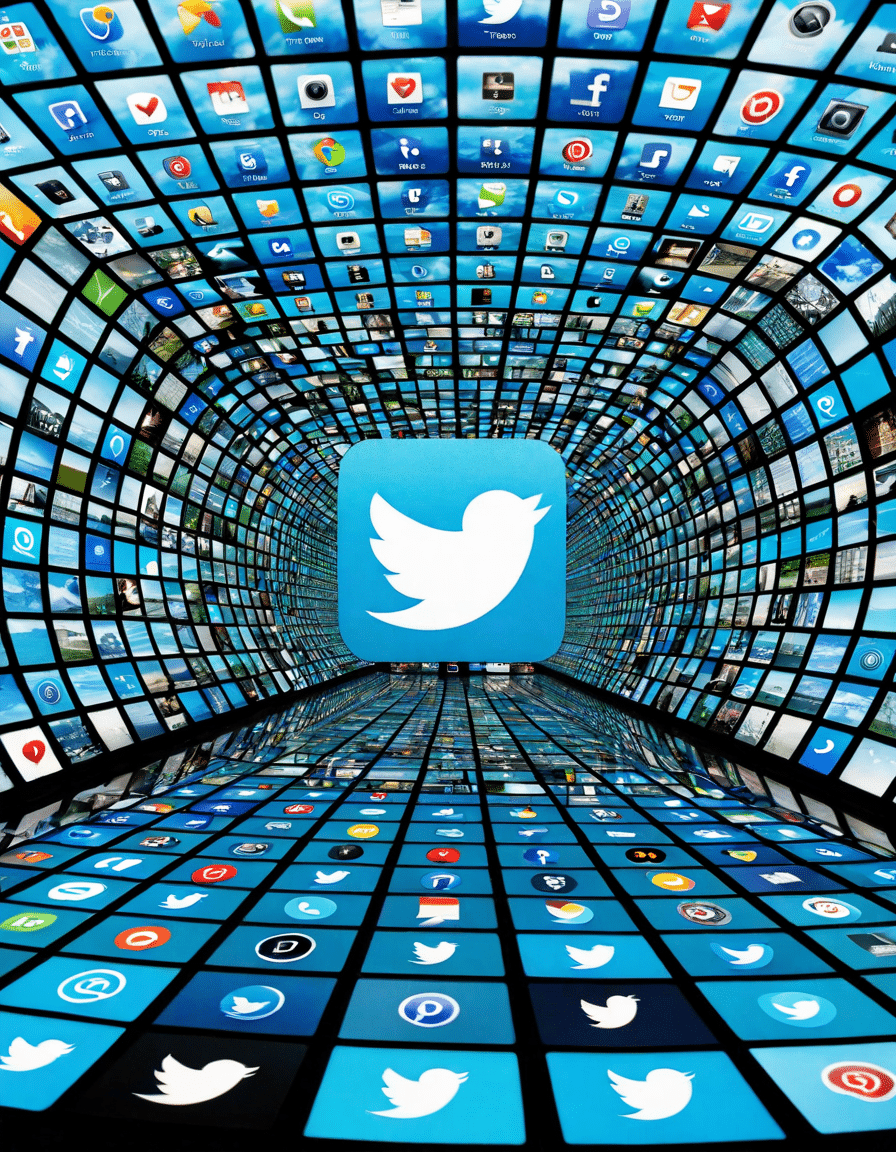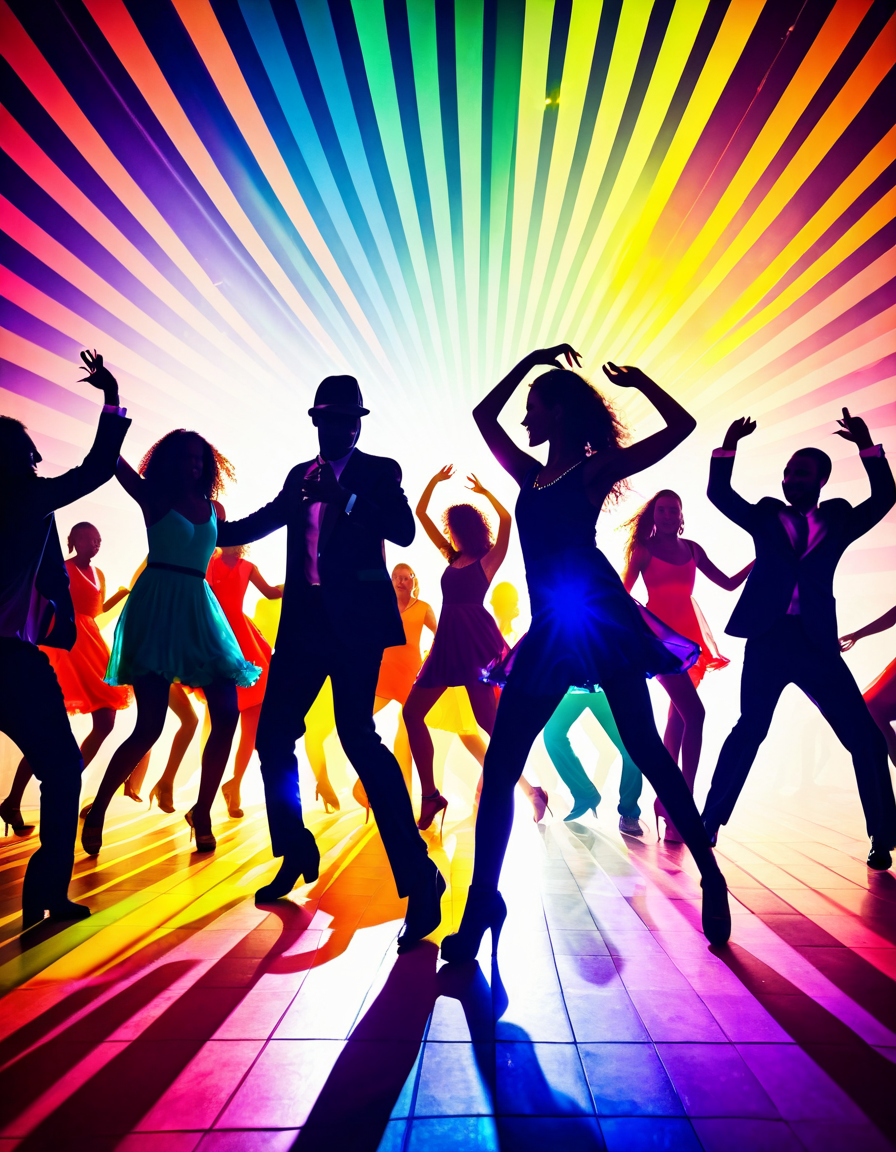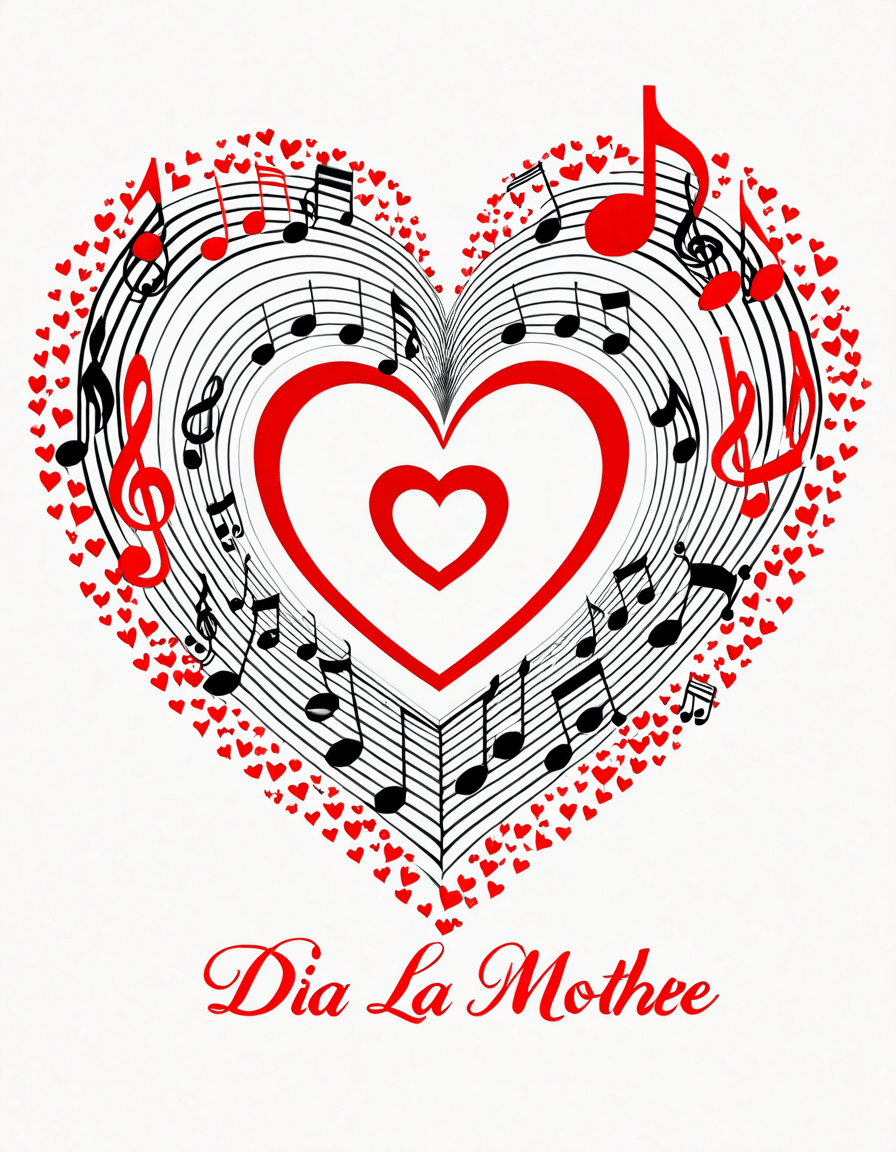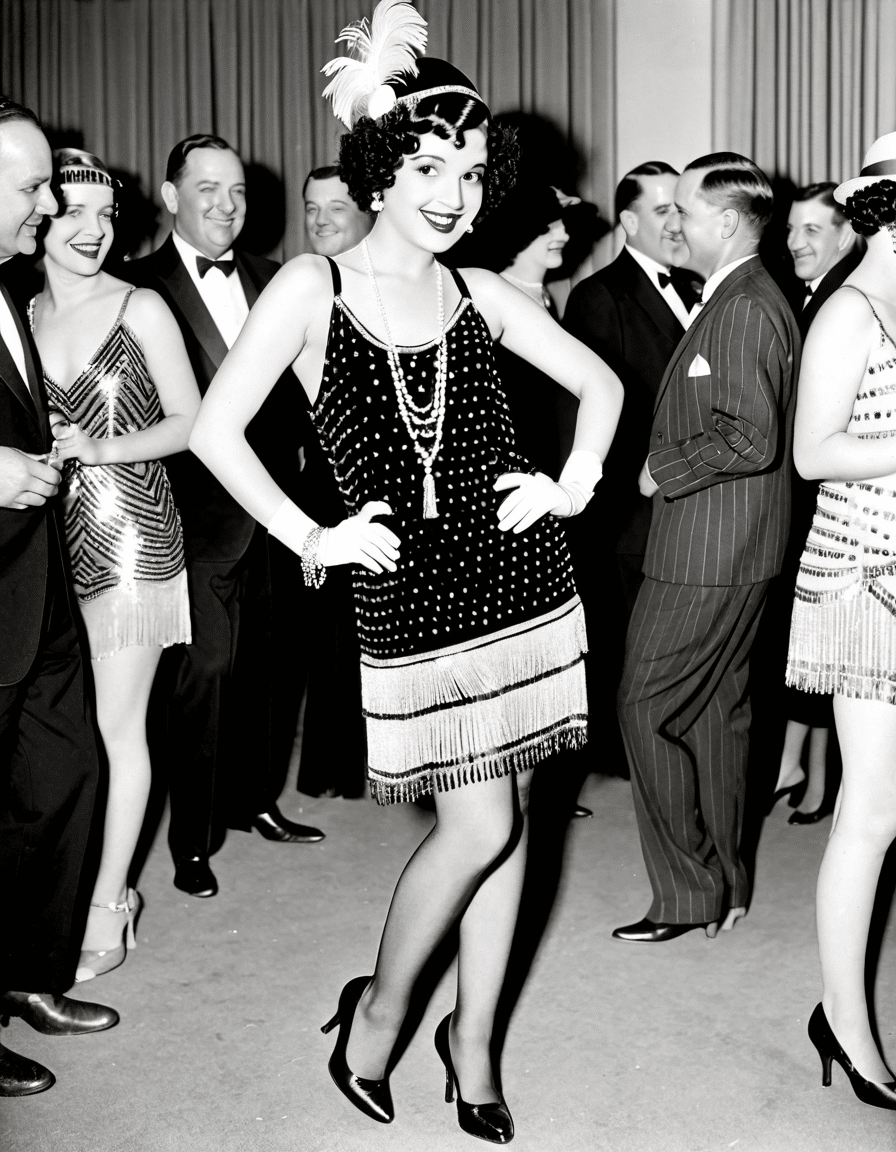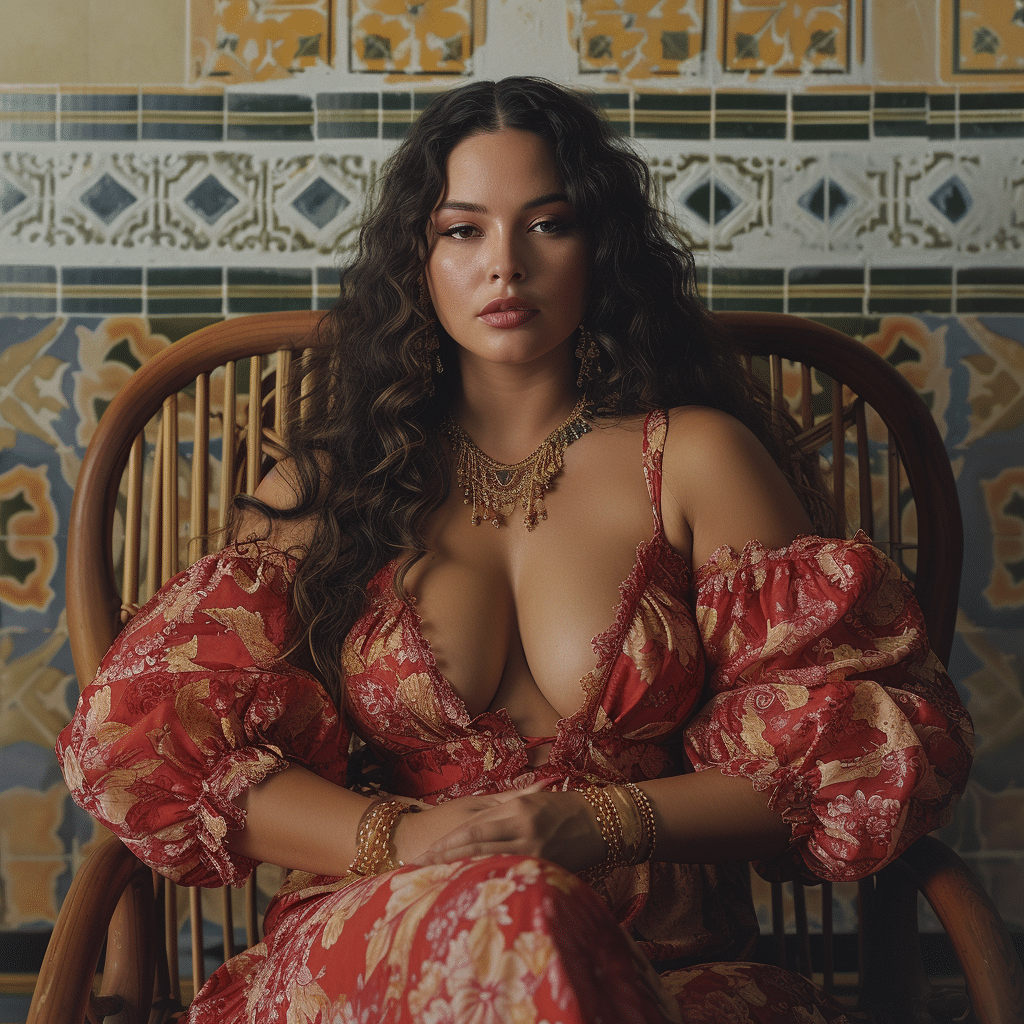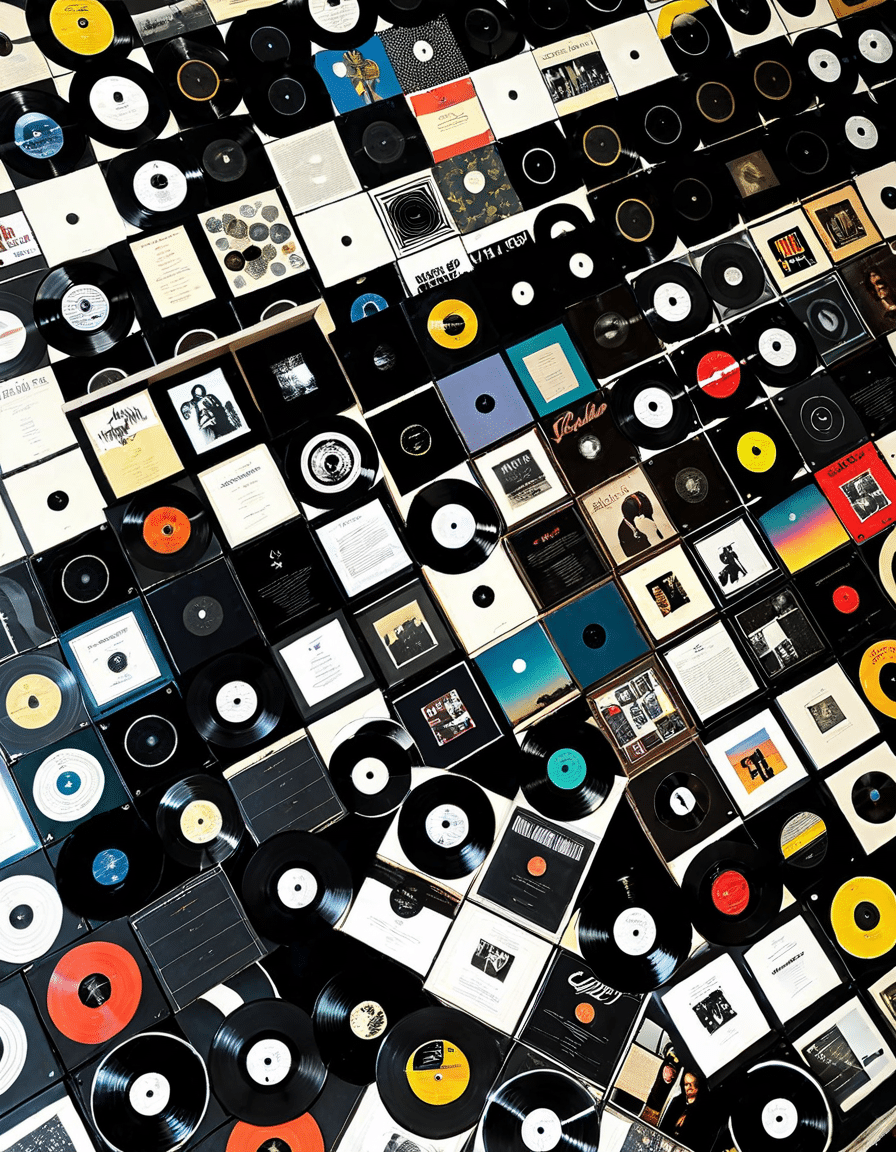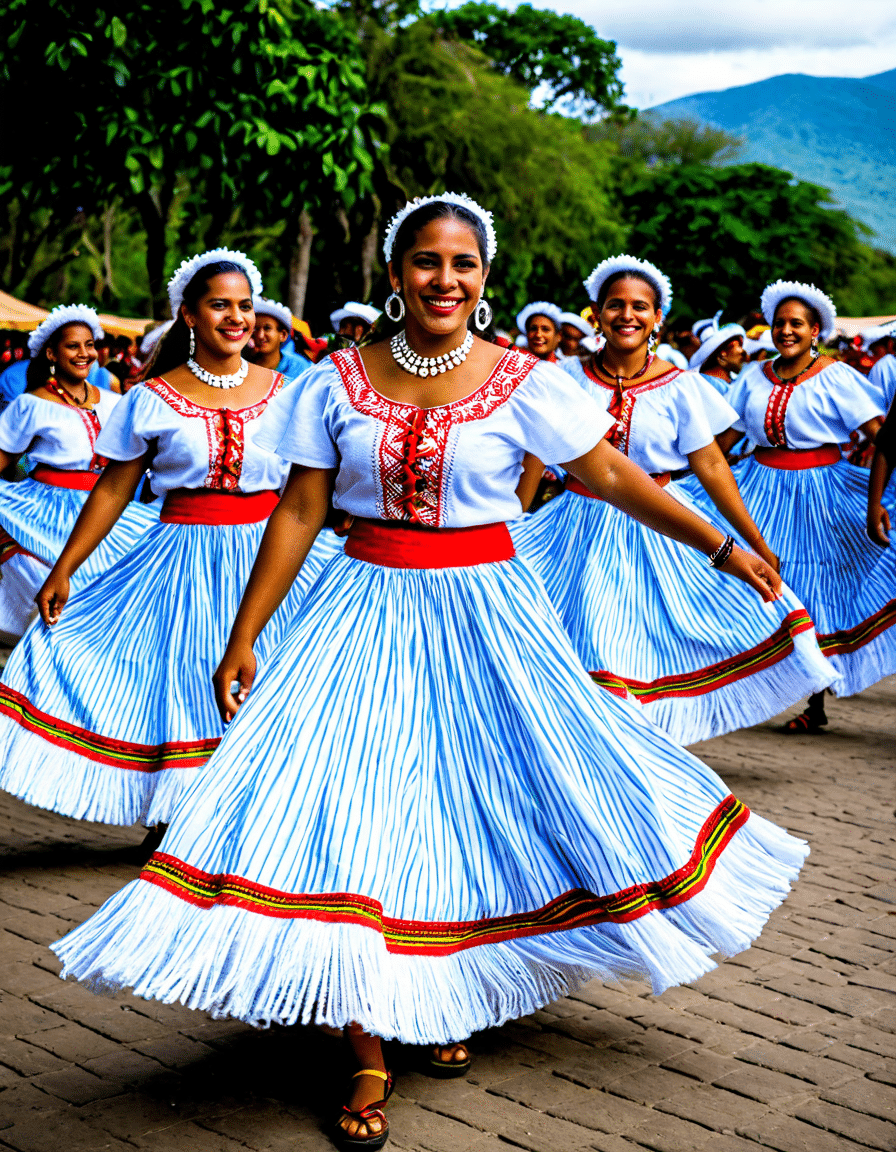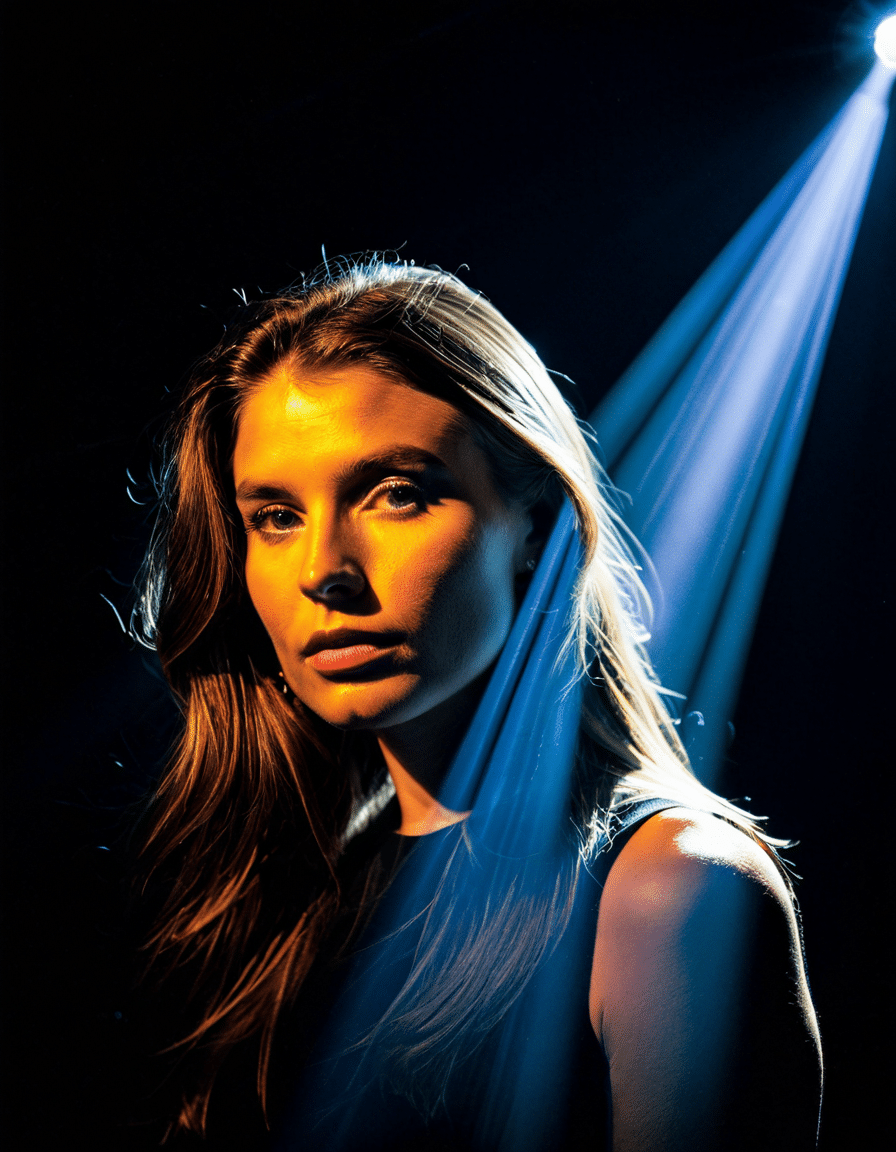Betty Boop, the beloved flapper of the 1920s, stands as one of the most recognizable figures in animation history. With her trademark curls and flapper dress, she represents a rebellious spirit that defined a generation. Born amidst the tumult of the Roaring Twenties, Betty Boop captured the heart of America, becoming a symbol of independence and empowerment for women everywhere. As we dive into her story, let’s explore the various facets that contribute to Betty Boop’s enduring legacy and significance in pop culture.
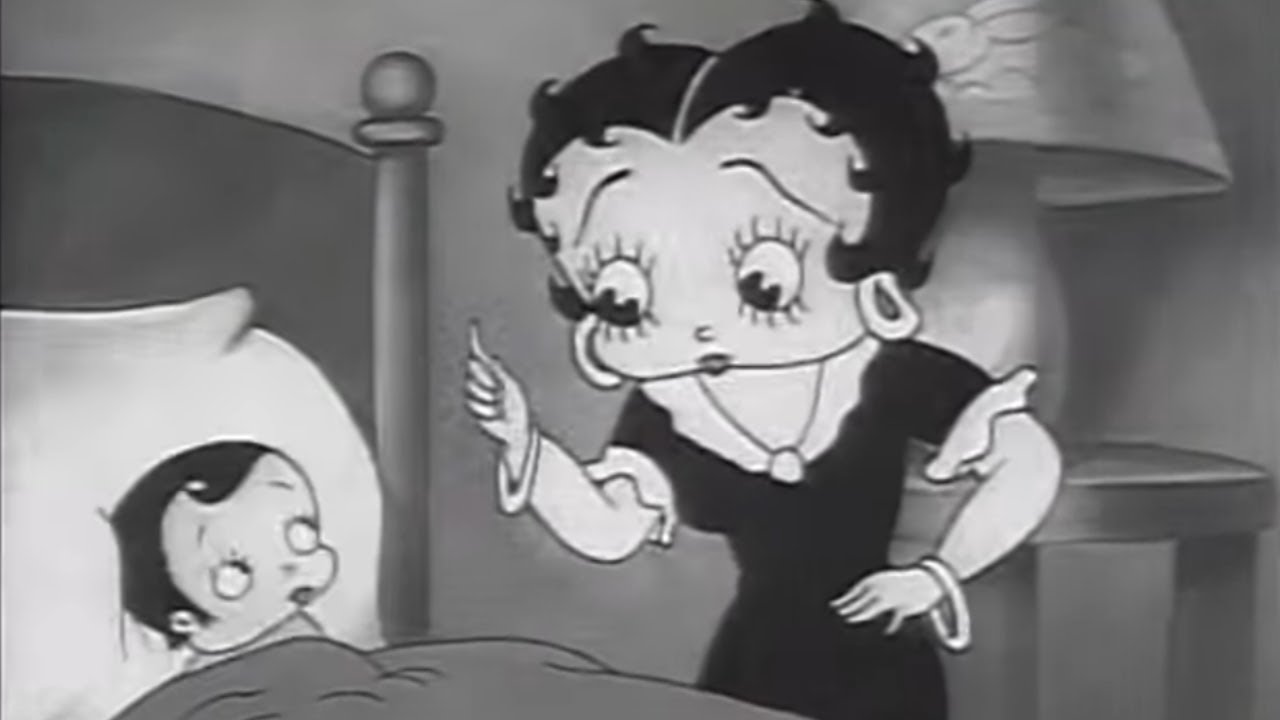
The Enduring Legacy of Betty Boop’s Flapper Era
Betty Boop emerged as an emblematic figure during the 1920s, an era marked by significant social change. The flapper culture celebrated women’s freedom, breaking away from traditional norms that confined them. Betty’s character encapsulated this shift; she was sassy, independent, and unapologetically herself. This was a pivotal moment in history, as women were fighting for the right to vote and pushing boundaries in various fields.
In her early cartoons, Betty showcased a lifestyle replete with jazz music, an undeniable hallmark of the era. Her flapper attire, complete with a bob haircut and daring jewelry, mirrored the fashion trends of the time. These visuals didn’t just represent a character; they reflected a zeitgeist where women were stepping into their own. The shifting attitudes of the 1920s propelled Betty to stardom, making her a role model for women seeking their own voices.
As we look at Betty through the lens of history, it’s clear she wasn’t just entertainment; she was a revolutionary figure. Her ability to challenge societal norms made her a beacon of hope during a transformative time. Not only did she embody the liberated woman, but she also confronted various social issues—from race relations to Prohibition—making her a cultural staple of her time.
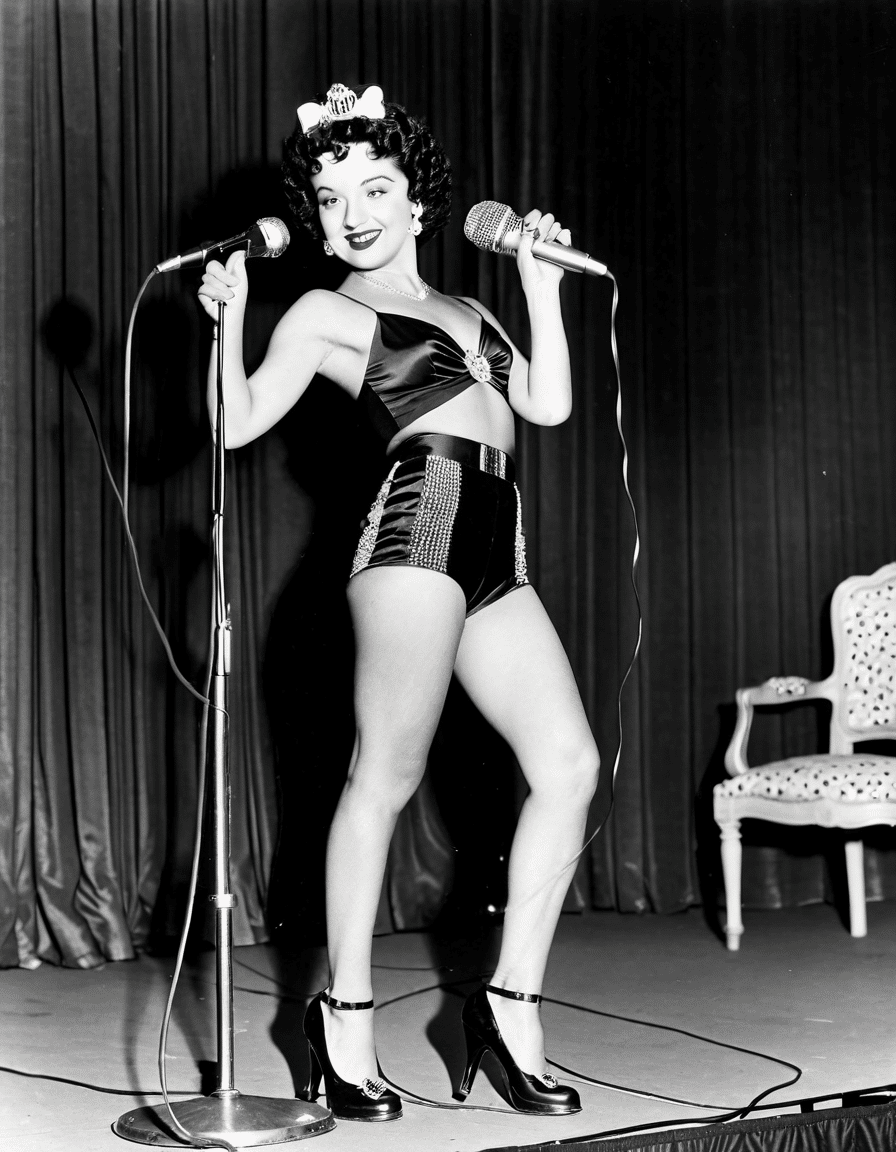
7 Reasons Why Betty Boop Remains a Timeless Icon
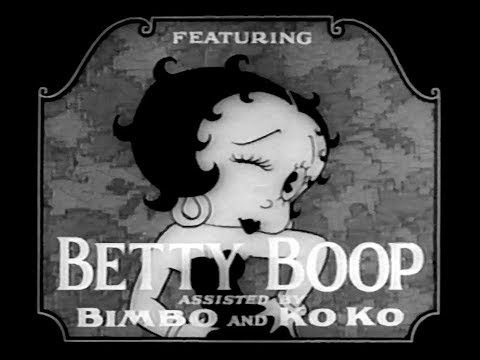
The Evolution of Betty Boop in Media and Merchandise
Since her debut in 1930, Betty Boop has undergone a fascinating evolution. Initially celebrated as a jazz-age icon, she adapted to the changing media landscape to engage new audiences. Over the years, Betty made her way to television, film, and even digital platforms, keeping her spirit alive while appealing to imaginations of all ages.
In the 1980s and 1990s, Betty Boop saw a resurgence as nostalgia gripped pop culture. Her classic shorts were restored, rekindling interest among millennials and introducing her to newer generations. Fast forward to today, where streaming platforms serve as essential platforms for revitalizing her character.
Merchandise is another vital piece of Betty Boop’s evolution. From toys for kids to art prints for adults, her image appears in diverse forms. This adaptability has allowed her to connect with audiences globally, proving that her charm knows no bounds.
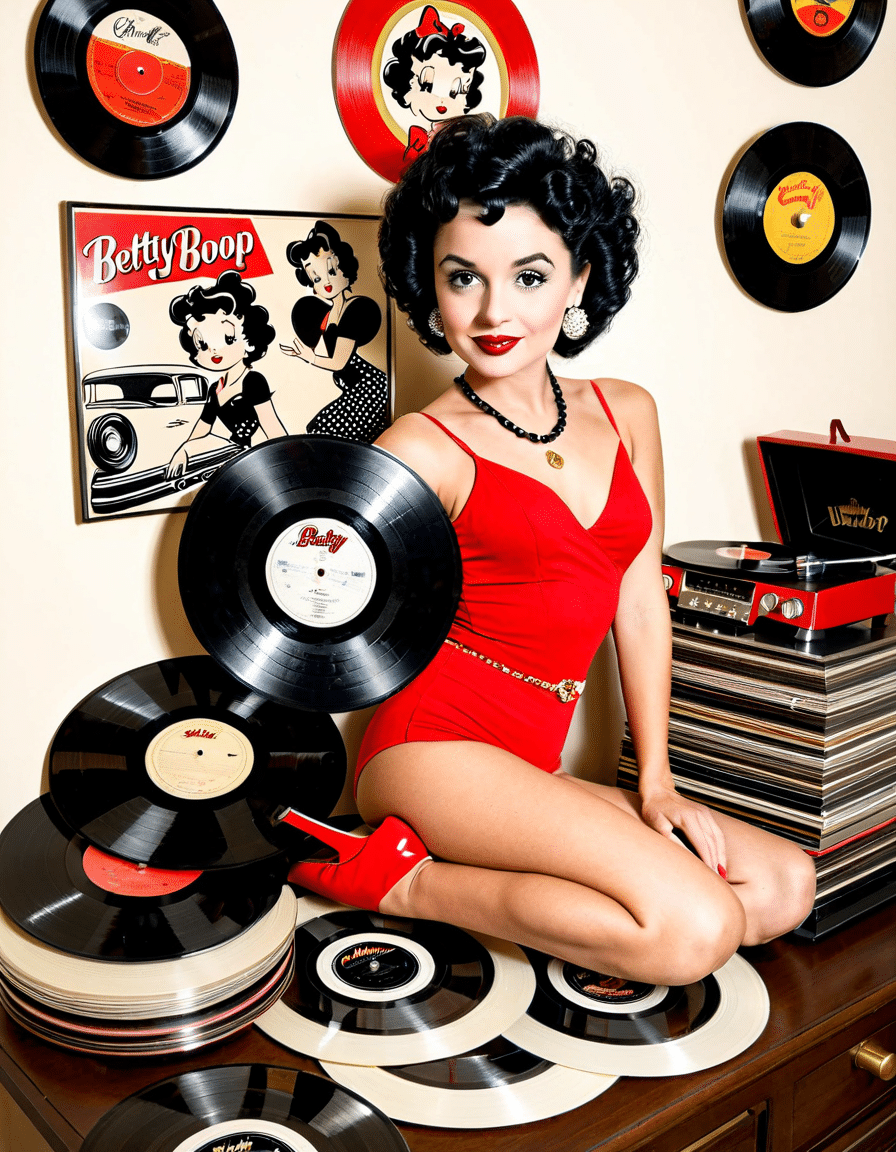
Betty Boop and the Flapper Movement: A Cultural Analysis
Betty Boop significantly influenced the flapper movement, serving as a reflection of women’s fight for autonomy in the 1920s. Just as flappers embraced newfound freedoms, Betty portrayed her version of femininity that resonated with viewers, often showcasing her independence through clever repartee and daring antics.
Her character is deeply rooted in the historical context of women’s rights, paralleling the real-life struggles of suffragettes fighting for the vote. In a time when women were fighting for societal equality, Betty’s bold personality defied expectations, showing that women could be strong, fun, and assertive.
As we analyze the lasting implications of Betty’s character, we find her narrative shaping conversations around feminism and identity. Betty embodied elements of fame and femininity, appealing to ideals that still resonate today, making her much more than a nostalgic figure; she’s an ongoing conversation about empowerment.
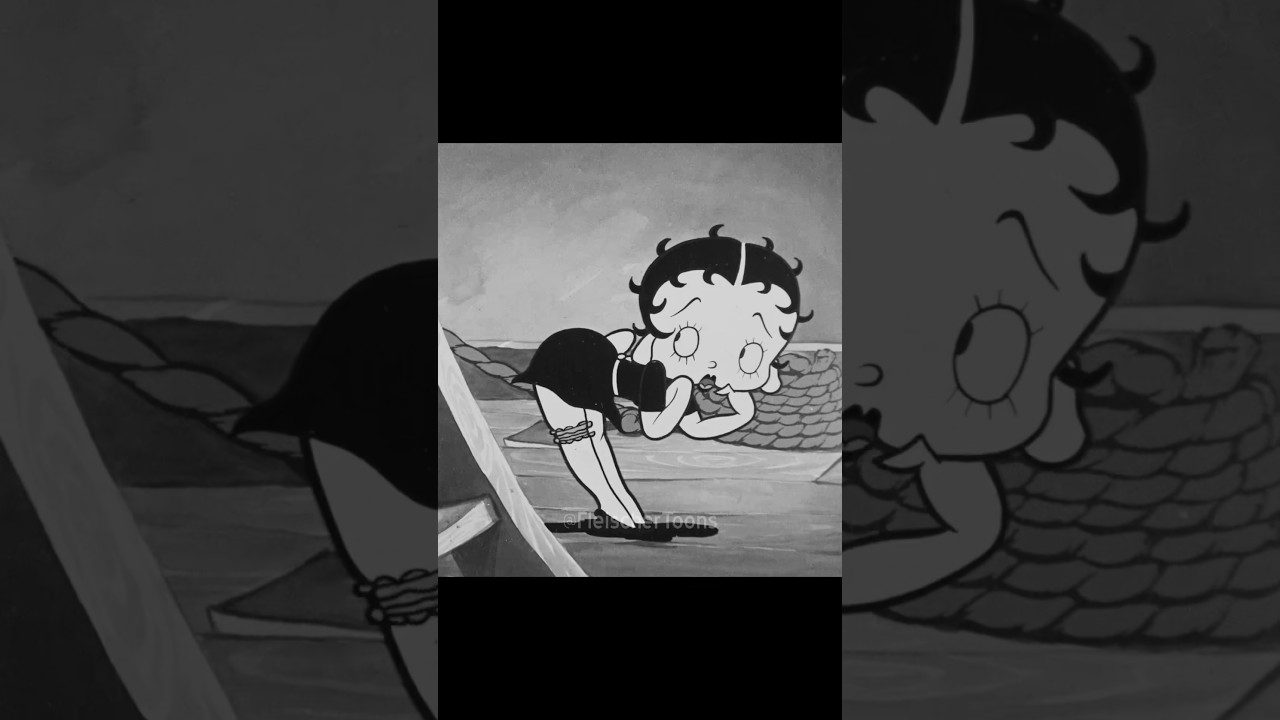
Modern Interpretations: Betty Boop Meets Today’s Flappers
The spirit of Betty Boop continues to shine in the creativity of modern pop culture. Contemporary figures like Billie Eilish and Zendaya incorporate elements of Betty’s daring and free-spirited nature into their work. They tackle issues like mental health and body positivity, reminding us that empowerment is still vital.
Fashion trends also borrow from Betty’s iconic look, as designers mix her classic flapper aesthetics with modern styles. This confluence of old and new reflects how her influence transcends generations, with the modern flappers drawing inspiration from her vibrant spirit.
As we witness these modern interpretations, it’s clear Betty Boop remains a source of inspiration. She continues to captivate audiences and encourages a new wave of creatives to embrace individuality and fearlessness.
Reinvigorating Betty Boop for New Generations
Efforts to refresh Betty Boop for modern audiences demonstrate her adaptability. Recent collaborations with the Women’s Empowerment Fund showcase her alignment with contemporary values and social causes. This relevancy highlights how well her character resonates with today’s themes of empowerment and gender equality.
Digital media has played a critical role in this reinvigoration. From updated animations to interactive merchandise, the character of Betty adapts to the preferences of a tech-savvy demographic. Platforms like TikTok and YouTube contribute to her visibility, connecting with Gen Z in ways previously unimaginable.
With new content and merchandise drops, Betty Boop continues to echo the spirit of flappers while evolving to fit the narratives of today. Her charm remains timeless, inviting fresh interpretations and ensuring her legacy lives on.
As we reflect on the vibrant life of Betty Boop, it’s clear that her influence transcends time and culture. By encapsulating the spirit of the flapper movement and continually evolving, she remains a captivating figure in the annals of animation. More than just a nostalgic icon, Betty Boop embodies the enduring power of empowerment and the relentless pursuit of individuality in an ever-shifting world. Now, as her legacy intertwines with contemporary creativity, we can only imagine the new heights she will reach as she continues to inspire generations to come.
Betty Boop: The Iconic Flapper Who Captivated a Generation
The Birth of a Star
Betty Boop made her debut in 1930 during a time when flappers were changing the social landscape. As a character, she embodied the spirit of the Roaring Twenties, infused with charm, sass, and a whole lot of personality. This animated darling quickly became a cultural phenomenon, captivating audiences with her catchphrases and jazzy tunes—a nod to popular music that still resonates today. Interestingly, Betty’s creator, Max Fleischer, drew inspiration from a starlet named Helen Kane, who also represented the flapper style. Speaking of inspiring figures, Liverpool Polanco reminds us that creativity thrives on uniqueness, much like the distinct style of Betty Boop.
A Symbol of Empowerment
What’s remarkable about Betty Boop is her embodiment of female empowerment, even in a time when women were still fighting for their rights. With her daring attitude and independent spirit, she served as a symbol for women seeking to break free from traditional roles. This shows how media can influence societal shifts and shift perspectives—similar to how contemporary figures, such as artists featured in the Popstar Never Stop Never Stopping cast, inspire today’s youth to express themselves boldly. Speaking of modern inspiration, it’s interesting to note that Betty’s signature style of short hair and flapper dress has been echoed through fashion decades later, proving her timeless appeal.
Legacy that Lives On
Over the years, Betty Boop has left an indelible mark on pop culture. She’s been featured in various forms of media, from merchandise to movies, and even in collaborations with high-end brands, echoing the glamour that people associate with the likes of Versace Eros flame. Additionally, Betty was an early example of an animated character being marketed as a sex symbol, which paved the way for other iconic characters like Marsha May in later years. Her charming blend of innocence and allure has made her a lasting icon, and you can’t help but see her influence echo throughout animation, just like powerful storytelling in series like Yasuke anime.
In the end, Betty Boop isn’t just an animated character—she’s a cultural touchstone that reflects societal change and artistic innovation. The joy she brings to millions today is a testament to her ability to stay relevant, no matter how the winds of change blow. Whether you’re looking for inspiration or just a delightful dose of nostalgia, Betty Boop’s legacy remains an exciting part of our everyday lives, reminding us to embrace our quirks and charm!
